1. What is attractive about traveling to Korea?
Travel to Korea – Experience the land of kimchi your way. (Photo: Collected)
It is no coincidence that Korean tourism has become a popular trend over the years. With a combination of ancient beauty and modernity, this country always brings visitors complete experiences - from impressive natural scenery, unique culture to rich cuisine . The land of kimchi is not only the cradle of the famous Hallyu wave, but also an ideal destination for relaxation, exploration and enjoying emotional moments through each season of the year.
Whether you are a lover of history, nature or modern technology, South Korea can satisfy your expectations with a variety of attractive locations stretching from North to South.
2. Top 5 tourist destinations in Korea not to be missed
Below are some of the most popular tourist destinations in Korea , where visitors can clearly experience the diversity of landscapes, culture and lifestyle of the Korean people:
2.1. Seoul – The modern heart of Korean tourism
Gyeongbokgung Palace – A historical symbol in the heart of modern Seoul. (Photo: Collected)
Seoul is a vibrant capital where modernity meets tradition. Visitors can visit Gyeongbokgung Palace, or explore the Bukchon Hanok district with its ancient traditional houses. The city is also famous for its shopping centers such as Myeongdong, where famous fashion and cosmetic brands converge, providing an unmissable shopping experience.
2.2. Busan – A vibrant port city and beautiful beaches
The blue Haeundae Beach – A must-see destination when traveling to Korea. (Photo: Collected)
Busan attracts Korean tourists thanks to beautiful beaches such as Haeundae and Gwangalli, where visitors can relax, sunbathe or enjoy fresh seafood. Not only that, Busan also owns Jagalchi Fish Market. This place is known as the largest seafood market in Korea. And art districts such as Gamcheon with colorful murals.
2.3. Jeju – The paradise island of Korean tourism
Peaceful natural scenery on Jeju Island – The pearl of Korea. (Photo: Collected)
Jeju is famous for its unique volcanic landscape, majestic waterfalls and peaceful beaches. Hallasan Mountain – the tallest mountain in Korea – is a popular trekking spot, and the island also has basalt caves and fields of yellow canola flowers that bloom in spring. Jeju is also known for its traditional cultural festivals and tangerine specialties, making it a must-visit destination.
2.4. Gyeongju – Living Museum of Korean Culture
Silla Cultural Heritage in Gyeongju – Living History Museum. (Photo: Collected)
Gyeongju was once the capital of the ancient Silla Kingdom, so it is home to numerous historical sites such as ancient tombs, Bulguksa Temple and Seokguram Temple. Both of these destinations are UNESCO World Heritage Sites. Gyeongju City is definitely an ideal destination for those who love to learn about the deep history and culture of Korea.
2.5. Incheon – International gateway with many interesting attractions
Modern scenery in Incheon – The commercial gateway of Korea. (Photo: Collected)
Incheon is not only famous for its modern international airport but also owns the largest Chinatown in Korea, marine parks and Wolmido Island entertainment area. This is a convenient stop for tourists before or after exploring other places on their Korean travel itinerary .
3. Korean Culture – The Blend of Tradition and Modernity
The colorful lantern festival in Seoul during the year-end holiday season. (Photo: Collected)
It is impossible to understand a country by just looking at its appearance. Korean culture is the soul of the experiences that visitors will remember forever on their journey of discovery.
3.1. Unique traditional festivals
Korean culture is notable for its many traditional festivals held throughout the year, such as the Chuseok (Mid-Autumn Festival) and the Jinju Lantern Festival. In particular, at the end of the year, Korean tourism is often associated with the Seoul Lantern Festival, where thousands of lanterns are lit along the Cheonggyecheon River, creating a magical and shimmering scene.
3.2. Traditional Hanbok Costume
Hanbok is a traditional Korean costume that is not only worn on major holidays but also becomes a cultural symbol that tourists love to experience. Many Korean tourist destinations rent hanbok so that visitors can wear traditional costumes when visiting palaces or old streets.
3.3. Art and music
Traditional music such as pansori and folk instruments such as gayageum are still maintained and performed at many cultural events. At the same time, K-pop and Korean dramas have become global phenomena, contributing to the promotion of Korean culture to the world.
4. Korean cuisine – Rich flavors that captivate visitors
Kimchi and Bulgogi – The soul of traditional Korean cuisine. (Photo: Collected)
Besides the scenery and culture, the cuisine is the reason why traveling to Korea becomes more complete than ever. The harmonious flavors of spicy, salty, sweet make each dish a work of art typical of the kimchi land.
4.1. Iconic dishes of Korean cuisine
Kimchi (a spicy fermented cabbage dish) is an indispensable dish in every meal. Bulgogi, with its slightly sweet taste from beef marinated in sauce and grilled over charcoal, is a popular dish everywhere. In addition, Ginseng Chicken Soup (Samgyetang) is very popular, especially in the cold season, bringing warmth and nourishment.
4.2. Unique street food
Street food in Korea is abundant, with dishes such as tteokbokki (spicy rice cakes), hotteok (sugar pancakes), and kimbap (seaweed rice rolls). Markets such as Gwangjang or Myeongdong are ideal destinations to enjoy these dishes in a bustling, vibrant atmosphere.
4.3. Traditional tea and desserts
Green tea and herbal teas are an integral part of Korean culinary culture, often served in traditional teahouses. Tteok, a soft rice cake, or sweet teas are also popular, enriching the culinary experience when traveling to Korea.
5. Experience traveling to Korea at the end of the year: Schedule and necessary preparations
Winter in Korea is ideal for exploring and experiencing skiing. (Photo: Collected)
The end of the year is a great time to travel to Korea with its pleasant climate, romantic scenery and many attractive festivals. To have a perfect trip, do not miss the following important experiences:
5.1. Ideal time to travel
The end of the year in Korea from November to February has cool weather, suitable for sightseeing activities and experiencing light festivals. This is also the time when ski resorts open, attracting many tourists who love winter sports.
5.2. Entry documents and procedures
Travelers should prepare a valid passport and check visa requirements depending on their nationality. For convenience, it is advisable to have travel insurance and prepare the necessary documents in advance to avoid problems at the border.
5.3. Travel and accommodation
A modern public transport network of metro, buses and taxis makes it easy to get around major cities. Book your hotel or guesthouse early as the peak season at the end of the year is often crowded.
5.4. Notes on clothing and health
Due to the cold weather, it is necessary to bring a thick coat, hat, and gloves. In addition, visitors should prepare basic medicine and pay attention to keeping warm to have a comfortable and safe trip.
Traveling to Korea is not only a journey to explore famous places but also an opportunity for you to immerse yourself in the unique Korean culture, enjoy traditional cuisine and enjoy the enchanting festival atmosphere. Whether you love the excitement of Seoul, the tranquility of Jeju or the ancient space of Gyeongju, each place brings different and memorable emotions.
Are you ready to pack your bags and start your year-end trip to Korea ? Start planning today to experience the land of kimchi in your own way – complete, memorable and inspiring!
Source: https://www.vietravel.com/vn/am-thuc-kham-pha/du-lich-han-quoc-hanh-trinh-kham-pha-xu-so-kim-chi-v17749.aspx












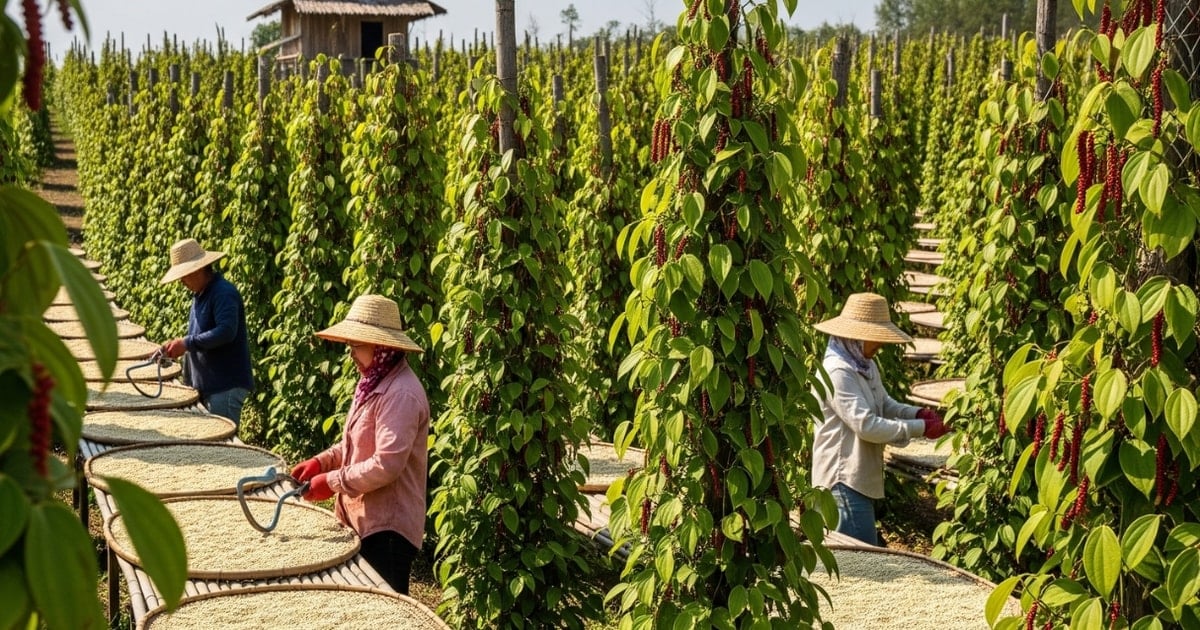
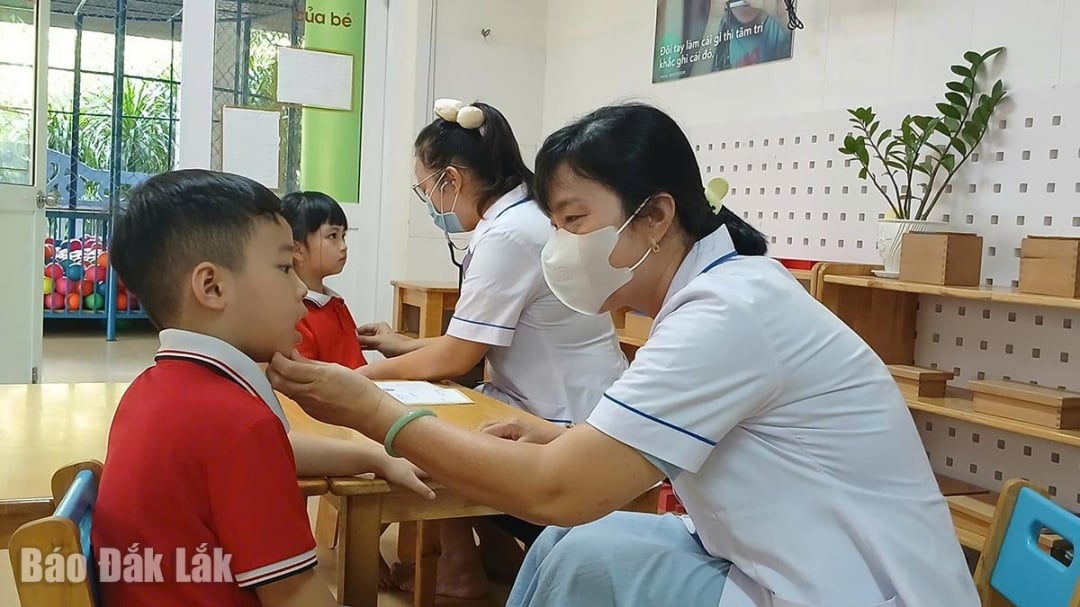
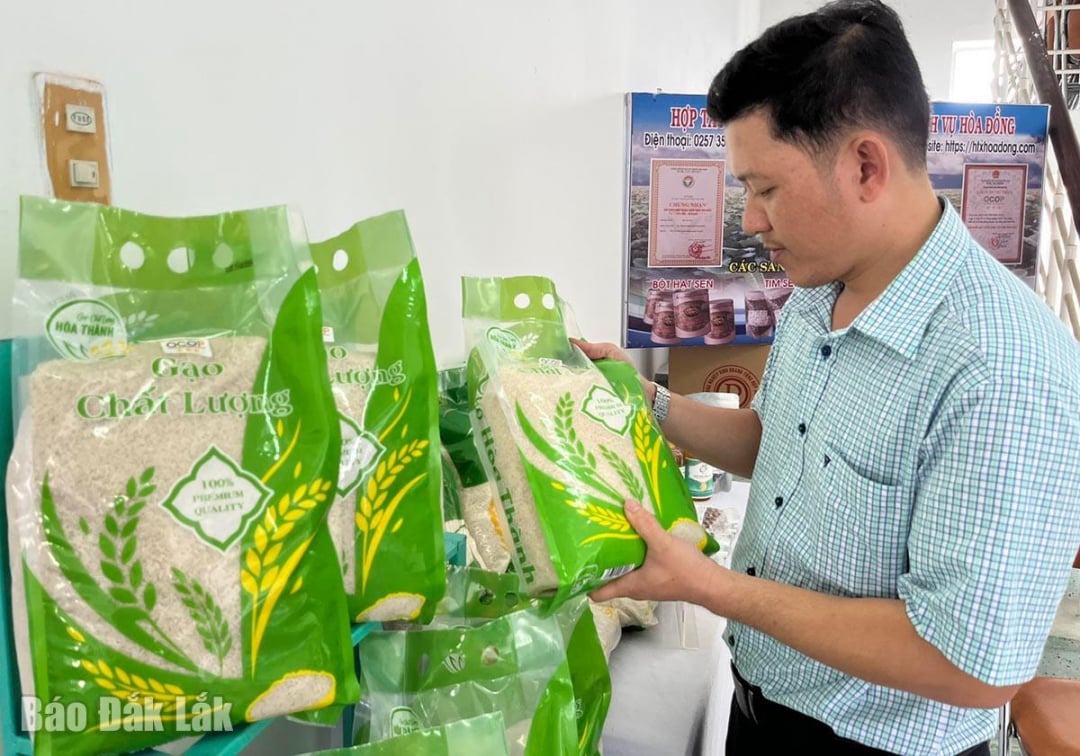

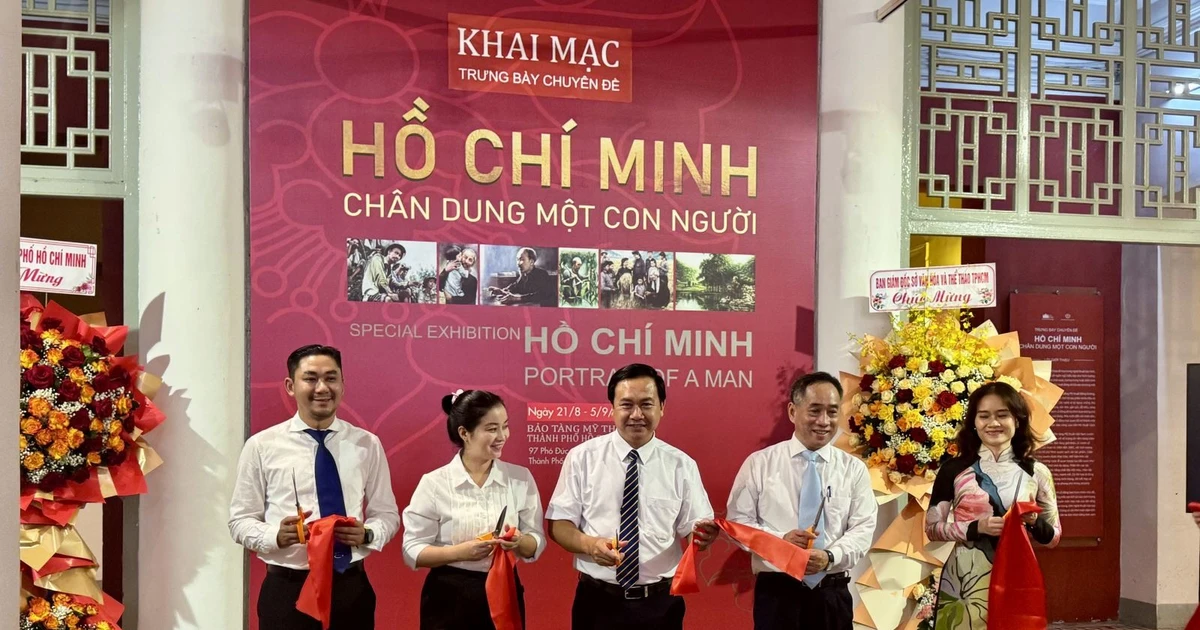
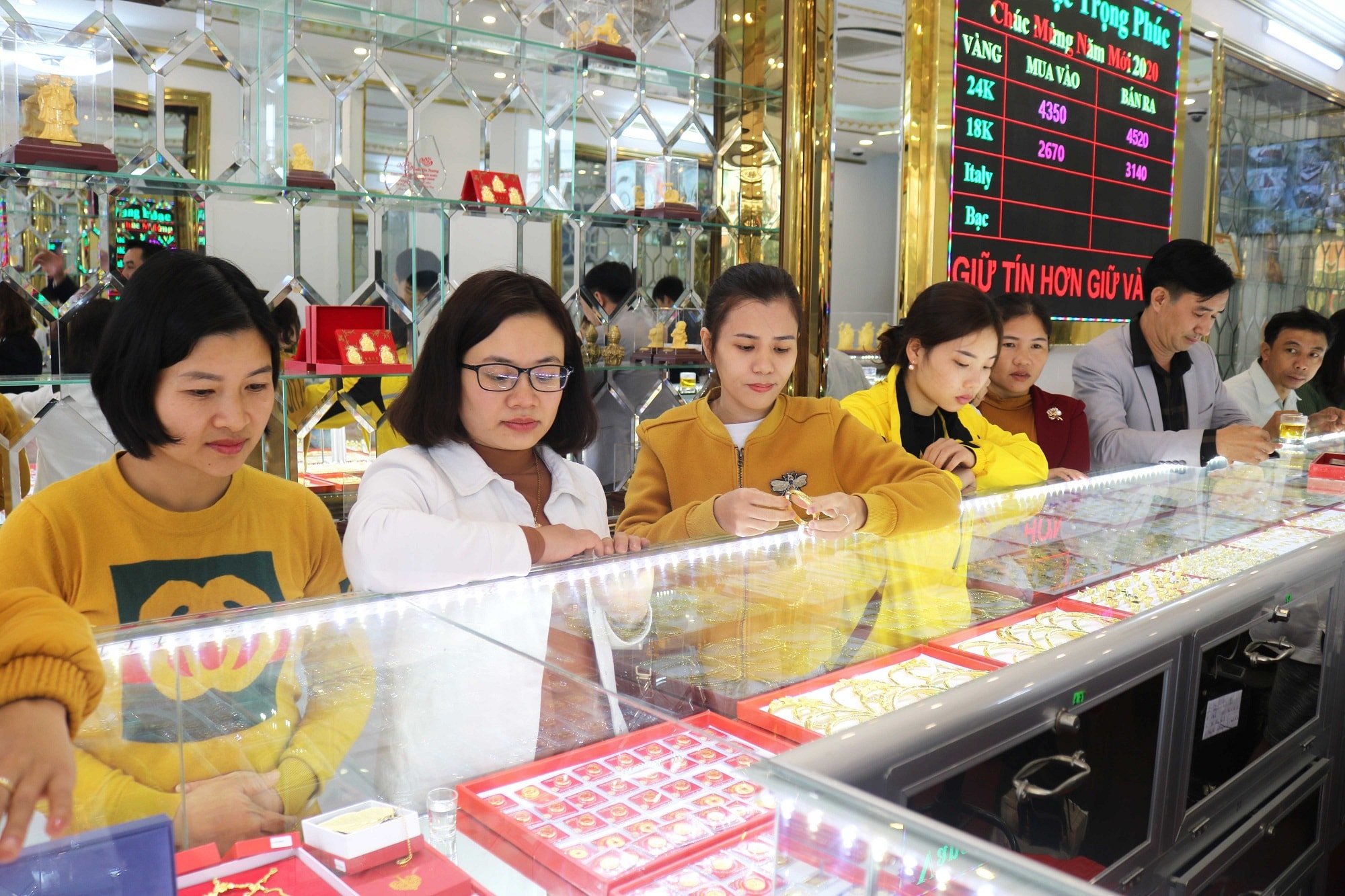
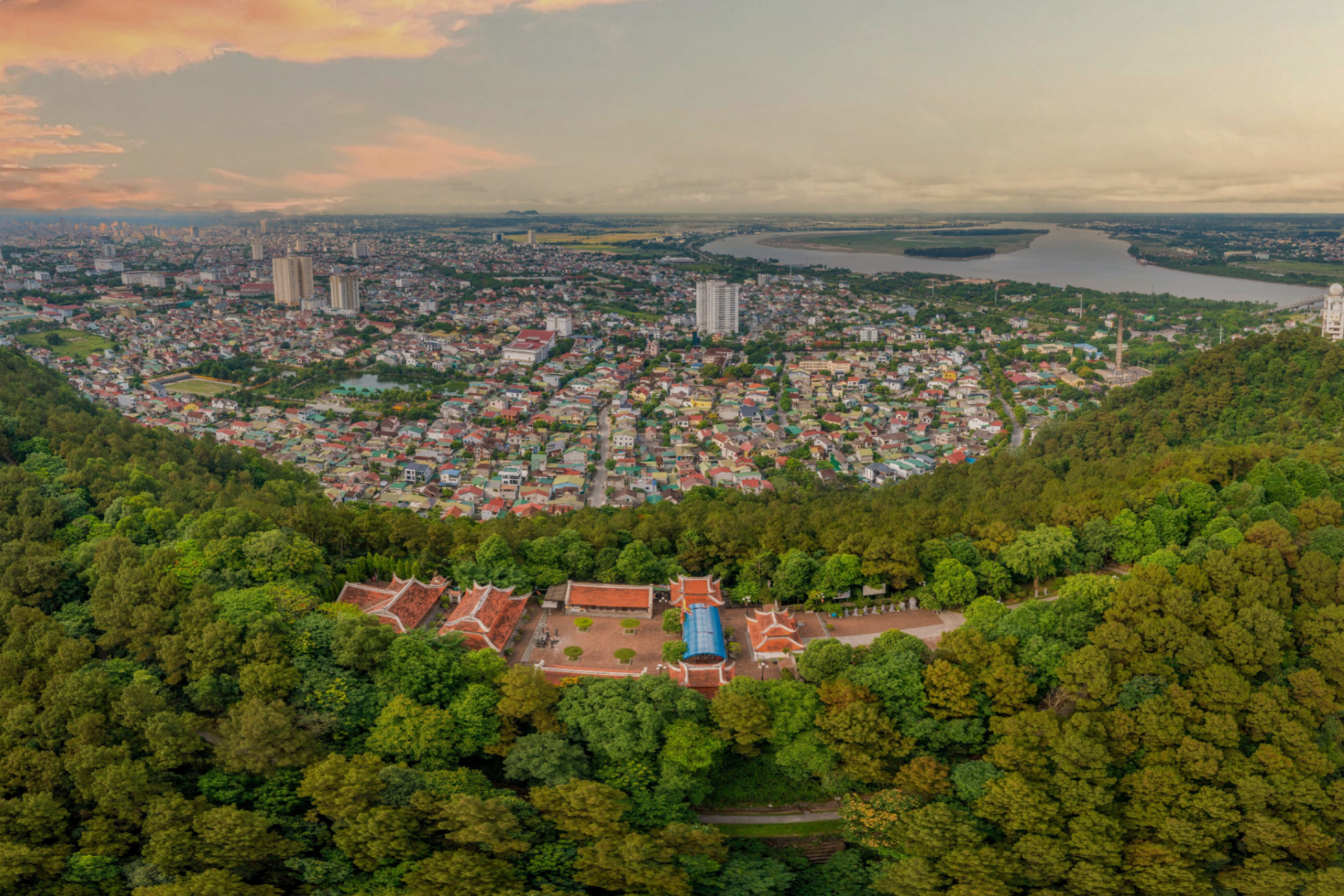
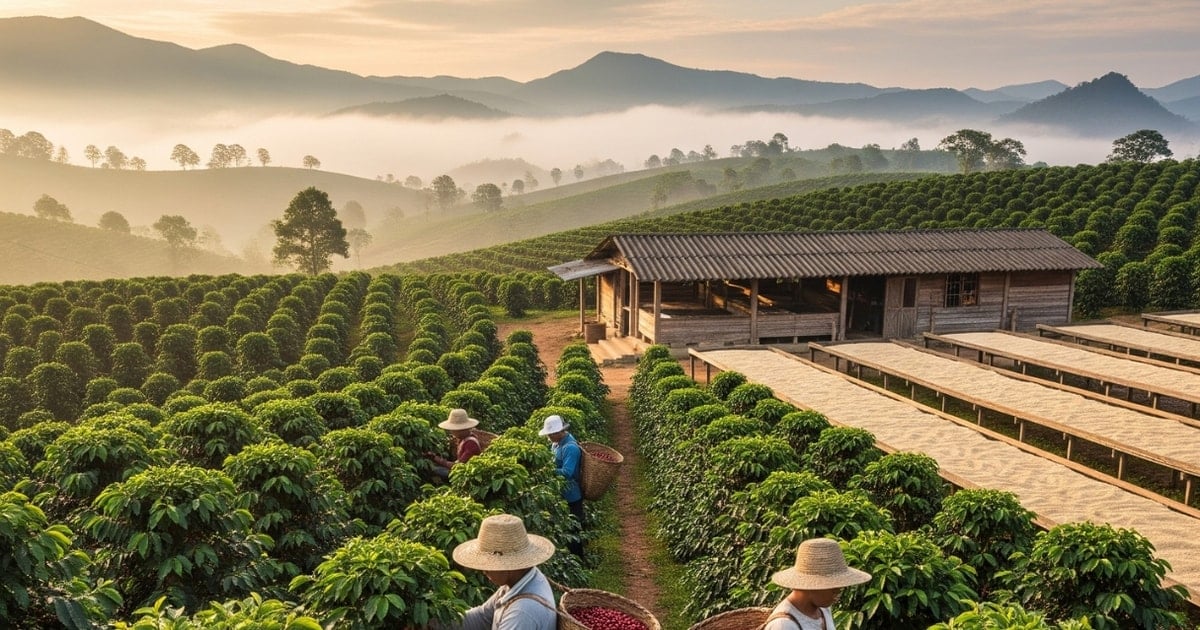

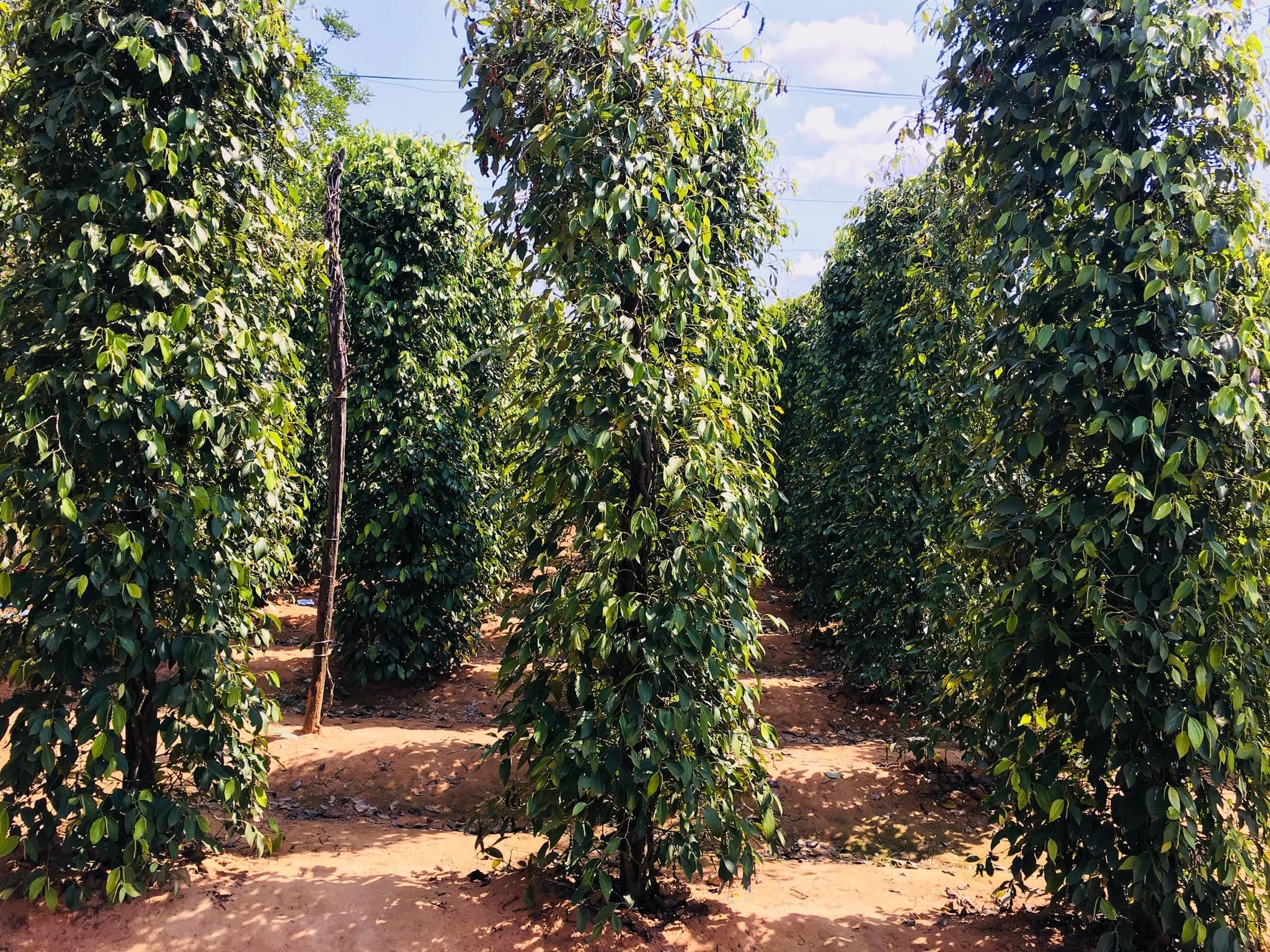



















![[Photo] An Phu intersection project connecting Ho Chi Minh City-Long Thanh-Dau Giay expressway behind schedule](https://vstatic.vietnam.vn/vietnam/resource/IMAGE/2025/8/21/1ad80e9dd8944150bb72e6c49ecc7e08)






























![[Photo] Politburo works with the Standing Committee of Hanoi Party Committee and Ho Chi Minh City Party Committee](https://vstatic.vietnam.vn/vietnam/resource/IMAGE/2025/8/21/4f3460337a6045e7847d50d38704355d)

































Comment (0)